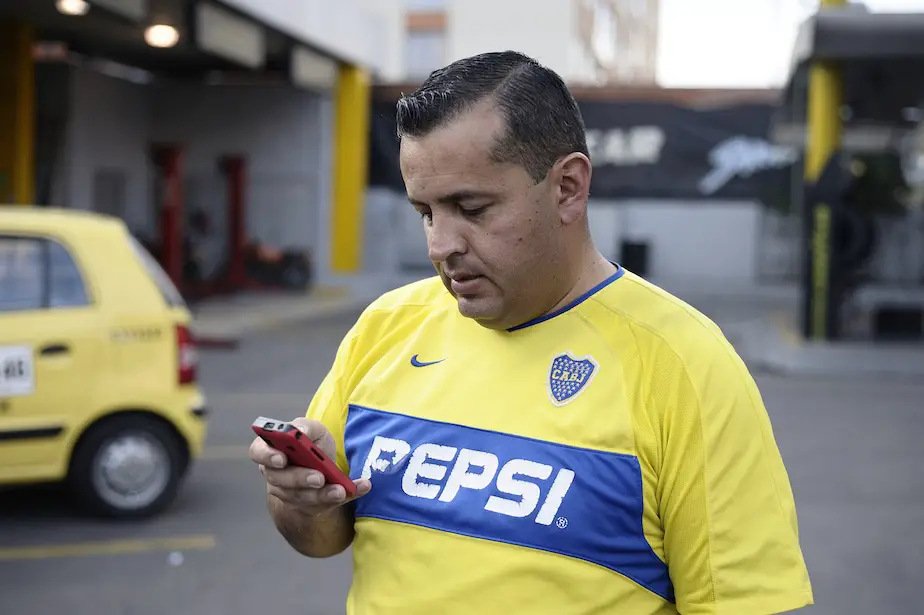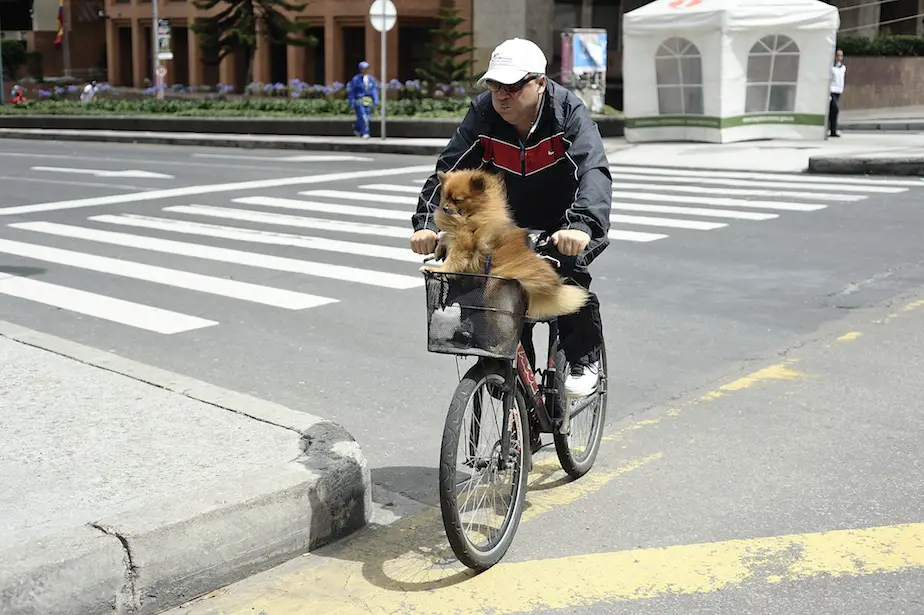Brazil is known worldwide as the land of carnival, samba, futebol and spectacular beaches. In addition, its status as a member of the up-and-coming “BRICS” countries gives it a privileged position relative to its regional neighbours, and growing attention from the all important movers and shakers of the developed world. But the grave problems of income inequality and wrong-headed urban development that produced issues such as the country’s infamous favelas remain. Recently, these problems have come into sharp focus due to efforts in several cities to raise bus fares, sparking a nationwide wave of protests. Despite the government’s desire to keep media attention on the festivities of the Confederations Cup, a sort of trial run for next year’s World Cup, these protests reveal the true nature of urban development issues in Brazil, and offer a compelling case for a different direction in the country’s planning for the future.
The roots of the protests go as far back as the country’s military dictatorship, which controlled the country between 1964 and 1985. During this time, the government invested heavily in freeways, especially in Rio de Janeiro. Construction slowed in the 80s, but the auto-centric construction boom in a country where few could afford cars contributed to the present situation in many Brazilian cities, where large distances make bus transit unmanageable, despite the fact that many rely on it. In the 90s, the neoliberal presidency of Fernando Henrique Cardoso was defined by a steady rise in public transportation prices, a trend which didn’t stop even after Luis Inácio “Lula” da Silva took office in 2002. Since 1994, bus and subway fares in Sao Paulo rose from R$0.60 to R$3.00 (Brazilian reais), currently the equivalent of roughly US$1.50. This may not seem like much, but considering that many in Brazil make the minimum wage of R$675 per month or less, it ends up being a significant expense for many working class Brazilians.
A precursor to the current protests began in March this year in the southern city of Porto Alegre, where protesters organized and ultimately won a temporary delay of a fare hike from R$2.85 to R$3.05. In May, protesters in Goiana won a similar agreement. The protests began in earnest on June 6, when a group of 5,000 protesters took to the streets in Sao Paulo to demand the cancellation of a fare hike from R$3.00 to $3.20, resulting in both reports of vandalism by protesters and police brutality. The protests quickly spread to other cities in Brazil, including Rio, Brasilia, Maceío, and former protest hot spots in Porto Alegre and Goiana. On June 14, protesters amassed once again in Sao Paulo and Rio to fight fare hikes, drawing the ire of military police. At the end of the day, 55 protesters were wounded. At time of writing, protests continue in capital cities, supported by Brazilian communities internationally in New York, Montreal, and Berlin.
Protesters are a broad coalition, including those most affected by the price hikes as well as college students and opponents of the government. One of the main organizing forces is the Movimento Passe Livre, whose stated purpose is to “fight for real public transportation, free from private initiatives.” MPL was instrumental in organizing the June 14 protests. The slogan of the protests has become “sorry for the inconvenience, we’re changing the country.” Critics of the protesters criticize that some of them are violent, and that acts of vandalism, especially against buses, are counterproductive. Others suspect them as being in league with the political Partido dos Trabalhadores (Workers’ Party).
Brazil’s Military Police have met serious criticism as well. Amnesty International published a press release calling on Brazilian police to curb all uses of excessive force. The protests of June 14 led to numerous attacks against journalists; a series of photos shows camera crews attacked by police with pepper spray and a reporter brutally beaten in the face. One bystander reported to Sao Paulo’s Folha newspaper, “What I saw today seemed like a military dictatorship.” Some protesters carried vinegar to counteract the effects of tear gas, police responded by arresting them just for carrying vinegar. This led to the protests jokingly being dubbed “The Salad Revolt”, to which clever political cartoonists added the slogan “V for Vinegar”.
Brazil’s president, Dilma Rouseff, has not spoken publicly on the issue. But behind the scenes, her justice minister offered the government Sao Paulo “federal assistance”, similar to tactics used to fight drug trafficking. The strategy of the Brazilian government has thus been to try to sweep the issue under the rug while putting forward a positive image – especially to developed countries. Dilma, while quietly letting her cabinet try to snuff this issue out, preferred to be seen in public at the opening of the Confederations Cup. Meanwhile, on the same day as massive protests were happening in Sao Paulo, Brazil’s sports minister Jose Aldo Rebelo was selling the pros of his developments for the Confederations Cup, World Cup, and 2016 Olympics directly to readers in the United States, publishing a glowing article in the Huffington Post.
Though this doesn’t mean that Brazil’s government has completely betrayed its populist mission that put it in office, the protests are an important counterpoint to the PR tactics of a party that has been in power for over ten years and is constantly trying to shoe-horn the complex realities of the country into a uniformly positive message. While the early triumphalism of the Confederations Cup is to be expected from a country that will be hosting the World Cup and the Olympics back to back, the brutal repression of these protests is a harrowing sign that the country’s military police may spoil the event. Nonetheless, the fact that officials are at least considering the use of these events as an opportunity for social inclusion and right-minded infrastructure development is encouraging.
On the heels of the widespread protests in Turkey sparked by threats to destroy a public park, Brazil’s protests also mark a global trend toward greater awareness of urban issues. In the case of Brazil, it’s understandable that officials want to reach for international recognition, positioning their message with powerful investors abroad. But this expense can’t come at the expense of average Brazilian citizens. Some claim that the protests are about “much more than just 20 cents”, and in a way they are. But they are nevertheless inherently linked to improvements to the urban landscape. As Brazil charts its course for future development, it can’t just focus on big ticket projects such as multi-million dollar sports arenas, it has to think about how to make life better at the street level. That means less police repression, better fare structures, and well designed infrastructure that benefits everyone.
The graph below represents the rise in bus prices in Brazilian Reis between 1994 and June 2013. The orange line relates to the tariff price of Metro, and the green line relates to the tariff price of the bus. The red line is the percentage of inflation, in relation to the 1994 price. To see the image grow year by year click here.

Drew Reed is an online media producer and community activist specialising in sustainable transportation. He lives in Buenos Aires.
Images: michelltlutz, Scott Ogle


